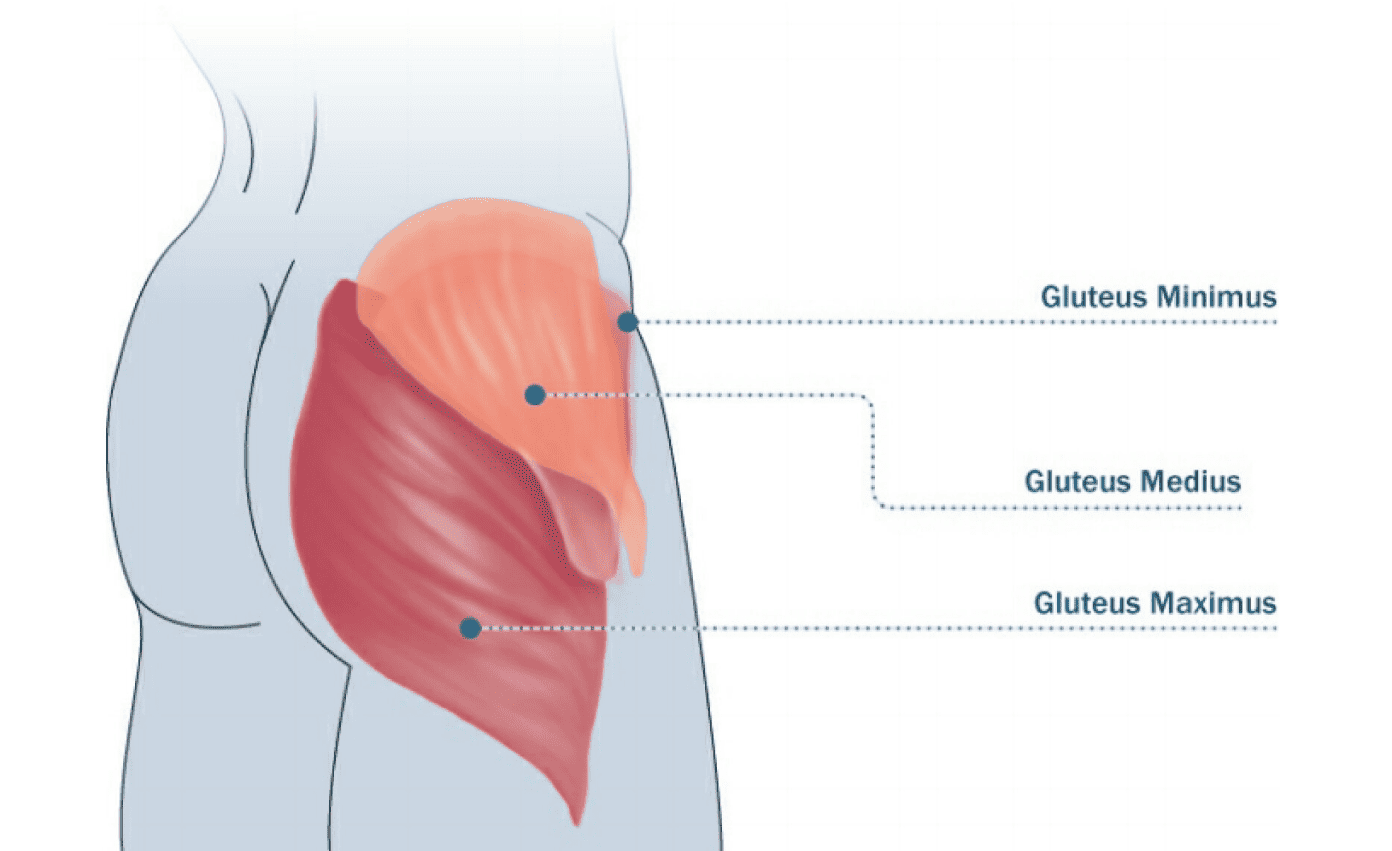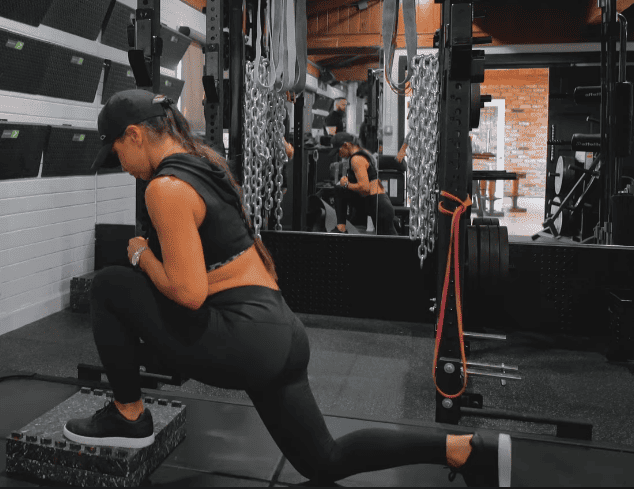Would you like to take your leg workouts up a notch? While regular lunges are great, deficit reverse lunges will challenge your strength and agility.
The exercises with the most incredible range of motion are also the most effective for building muscle, developing solid joints, and achieving overall fitness goals.
Some exercises have a fixed range of motion due to physical limitations, such as the bar meeting your body or your limbs touching the floor. However, you can constantly adjust these to fit within your abilities by simply lowering weights that might otherwise cause injury.
Using a deficit or height differential between the floor and your feet as you do pushups allows for a more excellent range of motion during these exercises.
A more challenging workout can be achieved by performing an exercise on a raised platform, leading to gains in mobility and flexibility.
This guide will focus on deficit reverse lunges, a lower-body exercise that targets your glutes, hamstrings, and quads.
It’s a great exercise to add to your leg day routine and can be done with minimal equipment (meaning there are no excuses not to do it).
How to do a Deficit Reverse Lunge?
| Steps | Instructions |
|---|---|
| 1 | Get a low platform, like an aerobic step or some stacked weight plates, which are about 3-8 inches high. The higher the platform, the harder the exercise will be. |
| 1 | Stand on the platform with your feet together, bending your knees a little for stability. Pull your shoulders back, brace your core, and look straight ahead. |
| 2 | Take a step back with one foot, placing the ball of your foot on the ground. Bend both knees, lowering your back knee until it’s about an inch above the floor. To get the most out of this exercise, your back knee needs to drop below the level of your front foot. |
| 3 | Lean forward slightly to help with balance and engage your target muscles. Be careful not to round your lower back, as that could lead to injury. |
| 4 | Push off your back leg to return to the platform. |
| 5 | Step off the platform with the opposite leg and repeat the exercise. |
| 6 | Keep alternating legs for the duration of your set. |
Here are some tips that you should follow while performing a deficit reverse lunge.
| Tips | Benefit |
|---|---|
| 1. Do all reps on one leg if preferred | You have the option to do all your repetitions on one leg before switching to the other side. |
| 2. Increase resistance with weights | To add more resistance, you can hold dumbbells, a kettlebell, or a barbell while performing this exercise. |
| 3. Adjust step length for specific muscle focus | You can adjust the length of your step according to the muscle group you want to target. Shorter steps work quads, while longer steps target the glutes and hamstrings. |
| 4. Keep most weight on the front leg | To maximize the effectiveness of the exercise, keep most of your weight on your front leg. Your rear leg should only be used for balance and a little assistance. |
Deficit Reverse Lunge Benefits
This exercise builds up the range of motion on your hips; as you lunge deeper, your hips stretch, which promotes flexibility and stability for your lower body during movement. Deficit reverse lunge has many benefits as it emphasizes building various muscles such as:
Lower glutes
The glutes are considered the strongest muscle in the human body; a deficit reverse lunge will allow your glutes to develop and assist with hip extension.

Your glutes and hamstrings will be the first muscles to engage while you perform a deficit reverse lunge, and as your hips will be involved in an increased range of movement, you will get a great workout by working up these muscles.
Easy on the knees
Deficit reverse lunge is gentle on your knees as there is less force on your knee joint; you will surely enjoy this pain-free method of an effective reverse lunge.
Your balance, stability, and flexibility improve.
By performing a deficit reverse lunge, You can add a deeper stretch to your leg by switching the height of your front foot placement. This action will increase the level of movement and improve stability and flexibility.
Non-costly workout
A deficit reverse lunge exercise can be performed anywhere, even in the comfort of your home; this cost-free exercise gives you the best results in a short period without spending money on heavy equipment or weights.
Unilateral Training
Unilateral exercises, as opposed to those performed on both sides of the body at once, demand better balance and stability. These benefits translate into real-world applications—such as increased agility and coordination.
Unilateral exercises can be good for people who have back pain because they put less pressure on the spine than regular strength-training moves.
Spice Up Your Glute Workout with Some Variety
If you do the same glute exercises all the time, it can get boring and your motivation to work out may decrease.
That’s why it’s a good idea to keep your workouts fresh and interesting by adding new exercises like the deficit reverse lunge—it can help engage your glutes in a different way.
Who Should do the Deficit Reverse Lunge?
The deficit reverse lunge is an effective exercise that assists individuals in improving their lower body strength, stability, and balance.
Most individuals who are athletic or have a proper fitness regime can gain plenty of benefits from this workout, as this will help them in different sports categories such as running, jumping, and much more.

This exercise can be tricky for individuals who are at a beginner level and lack mobility; therefore, beginners start with the traditional reverse lunge.
This will allow their muscles to get used to lunges, and then they can perform a deficit reverse lunge.
You can add this exercise to your regular workout routine to promote extra fitness benefits and strengthen your glutes, hamstrings, and lower back more effectively.
Platform Height for a Deficit Reverse Lunge
The platform height for this exercise should be around 2-3 weight plates, as adding plenty of weights is unnecessary to gain maximum results.
However, when you reach your comfort zone with 2-3 plates, you can increase the quantity to 4 or 6 to attain a deeper stretch.
Ensure you warm up before adding weights, as you do not want to pull any muscles or risk injury.
How To Select Your Weights?
If you want to strengthen and build your glutes, holding dumbbells is a suitable alternative, as this will add a challenge, and your legs will learn how to take the weight.
You can quickly grab a pair of dumbbells, and between each set, you can keep your muscles working harder than before.
How to Add Load to the Deficit Reverse Lunge?
There are three ways you can add load to your deficit reverse lunge.
1. Light Barbell
This method will add more challenge to your workout, as this movement will engage your core and shoulders, and you will achieve an intense workout and stability for your body.
2. Holding two Dumbbells
If you are emphasizing your glutes, then holding dumbbells will be a perfect addition to your deficit reverse lunge; this will be the most comfortable position for you and the most effective, as you will be holding twice the weight of a single dumbbell.
3. Single Dumbbell
This workout method for deficit reverse lunge is the easiest and most suitable for beginners. You must hold a single dumbbell in the opposite hand and elevate your leg. This load will be suitable enough to work on your stability and balance.
Deficit Reverse Lunge Workout
If you’re looking to maximize the benefits of the deficit reverse lunge, including it as part of a full lower-body workout is a good idea.
But before you dive into any exercise routine, it’s important to start with a proper warm-up to prepare your muscles and joints and minimize the risk of injury.

To prepare your body for your workout, try starting with some light cardio for 5-10 minutes.
This could be anything from jogging on the spot to a quick cycling session. Then, add dynamic mobility and flexibility exercises targeting your hips, knees, and lower back.
These exercises can increase your range of motion and flexibility, preparing your body for the work ahead.
By starting with a good warm-up and incorporating the deficit reverse lunge into a full lower-body workout, you can develop a muscular, strong lower body that will help you excel in all areas of your fitness journey.
| # | Exercise | Sets | Reps | Recovery |
|---|---|---|---|---|
| 1 | Deficit reverse lunge | 4 | 8-10 per leg | 2 minutes |
| 2 | Heels elevated goblet squat | 3 | 10-12 | 90 seconds |
| 3 | Single-leg Romanian deadlift | 3 | 10-12 per leg | 90 seconds |
| 4 | Sissy squats | 2 | 12-15 | 60 seconds |
| 5 | Barbell hip thrust | 2 | 12-15 | 60 seconds |
| 6 | Isometric wall squat | 1 | ALAP | N/A |
Conclusion
The deficit reverse lunge workout is ideal for building your lower body strength; this exercise also strengthens your glutes, providing flexibility, stability, and balance.
This workout is easy on your knee joints, allowing you to perform this exercise comfortably.
If you still have knee trouble while performing deficit lunge workouts, you can try using a treadmill. One of the best treadmills for your bad knees is NordicTrack Commercial 1750.
This treadmill provides comfortable deck cushioning that sits lower and has both, incline and decline variations. The decline capability in this treadmill allows you to walk backward and helps with your knee pain. Moreover, it has a 14-inch touchscreen which is compatible with apps such as IFIT.
However, this treadmill is on the pricier side and is time-consuming to assemble; you can still opt for a cheaper treadmill for your bad knees, such as UREVO Under Desk Treadmill, this is a machine that has limited options, but given the price, it is a steal.
This treadmill has features of a nonslip rubber on the running belt; the rubber is packed with five layers to prevent you from falling or slipping from the treadmill.
Although this machine does not have fun features such as an incline, technology features, and a short deck, it still works well with individuals with bad knees.
FAQs
What does deficit reverse lunges work on?
Deficit reverse lunges work on your glutes and hamstrings, as those are the first muscles targeted during this workout.
Are deficit reverse lunges better?
Yes, these lunges are better because they promote flexibility, stability, and balance in your body. This workout is also easy on your knee joints, making it a better and more effective exercise.
How do you feel the deficit reverse lunges in your glutes?
When there is greater hip flexion, your glutes will be under a high range of movement, putting tension in your glutes. Therefore, this is how you will deficit reverse lunge in your glutes.
How high should deficit lunges be?
A deficit lunge platform should be 2-3 inches high for beginners and higher for those who want it to be more challenging; it can be approximately 4-8 inches high; you can put a stack of weighing plates and then perform the workout.

